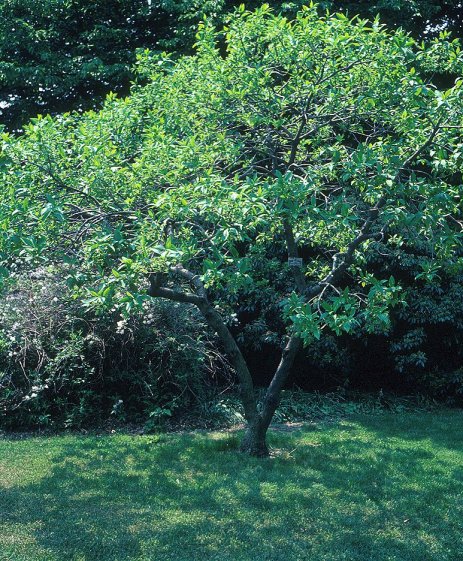| Botanical Name: Chionanthus virginicus | |
| Common Name: Fringetree |

-
Anatomy
-
Culture
-
Design
Plant Type
Tree, Shrub
Height Range
12-25'
Flower Color
White
Flower Season
Spring
Leaf Color
Green
Bark Color
Brown
Fruit Color
Blue
Fruit Season
Summer, Fall
Sun
Full, Half
Water
Medium, High
Growth Rate
Slow
Soil Type
Clay, Loam
Soil Condition
Average, Rich, Well-drained, Moist
Soil pH
Acid, Neutral
Adverse Factors
Messy
Design Styles
English Cottage, Formal, Japanese, Woodland
Accenting Features
Fall Color, Fragrance, Showy Flowers
Seasonal Interest
Spring, Summer, Fall
Location Uses
Background, Shrub Border, Foundation, Patio, Walls / Fences
Special Uses
Screen, Small Spaces
Attracts Wildlife
Birds
Information by: Stephanie Duer
Photographer: Jon Emerson
Photographer: Jon Emerson
-
Description
-
Notes
Fringetree is a large shrub or small tree, growing 12 to 20 feet tall and wide, frequently with a multi-stemmed habit. Common name refers to the slightly fragrant, spring-blooming flowers which feature airy, drooping clusters of fringe-like, creamy white petals. Dioecious (separate male and female plants), with male flowers showier than female flowers. Fertilized perfect or female flowers give way to clusters of olive-like fruits which ripen to a dark, bluish black in late summer and are a food source for birds and wildlife. Wide, spear-shaped, soft green leaves turn yellow in autumn.
Grow in full sun to part shade in well drained soils. Prefers loamy soils with high organic content. Not drought tolerant and will will regular irrigation during the summer months.